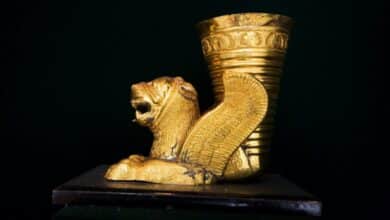Shushtar, Where Ancient Marvels Await
Rich History, Architecture, and Natural Beauty
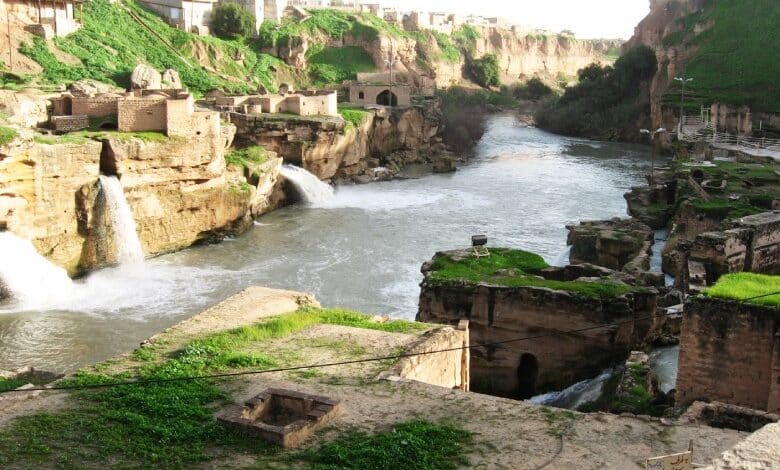
Shushtar, located in the southwest of Iran in the Khuzestan province, is home to a considerable number of the province’s attractions. Shushtar, approximately 90 km from Ahvaz, the provincial capital, has a rich history that dates back to the ancient Elam civilization. It is believed that Shushtar may have been known as Adamden (آدامدن) during the Elamite era.
Excavations in Shushtar have uncovered evidence of human settlement dating back ten thousand years. The city enjoys a mild and pleasant climate in the latter part of the year, making it an ideal destination for travel and exploration. The historical importance of Shushtar is greatly influenced by the presence of two major rivers in Iran, the Karun and Dez.
These rivers have played a vital role in shaping the ancient monuments and landmarks of the city. The abundance of water and successful agricultural practices have led to the creation of impressive water structures. These structures have not only added another layer to the city of Shushtar but have also enhanced its overall charm and appeal.
Shushtar, located in Khuzestan Province, Iran, offers several captivating attractions. Here are some highlights.
Contents
Shushtar Historical Hydraulic System
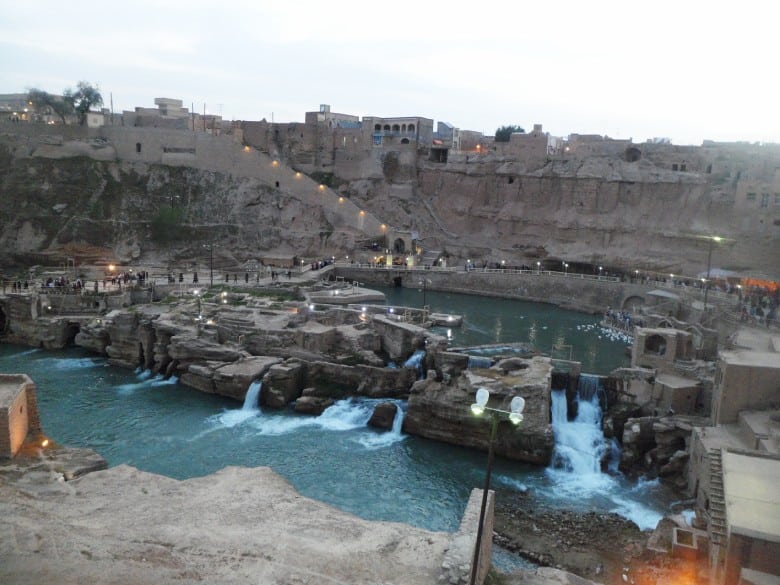
A UNESCO World Heritage Site, this ancient hydraulic system showcases remarkable engineering. It includes water supply networks, mills, irrigation channels.
Band-e Mizan
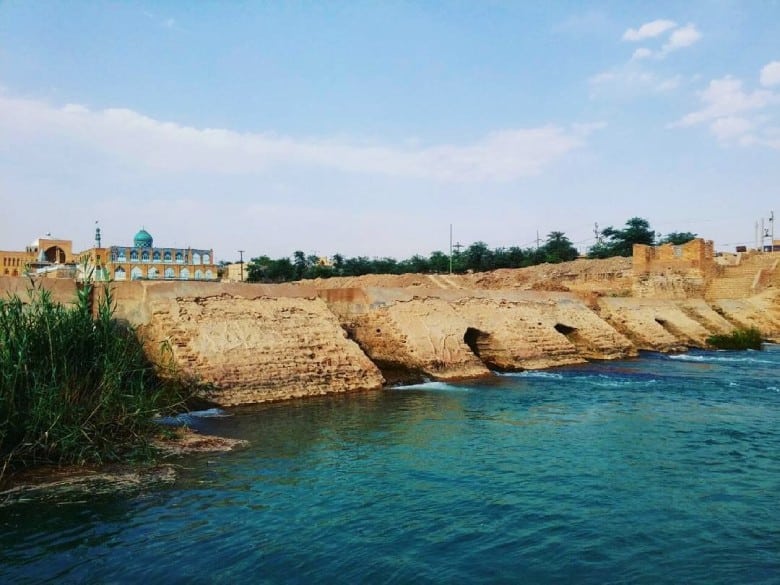
The impressive Band-e Mizan, or Mizan Dam, stretches across approximately 521 meters, showcasing its magnificent bends and curves. This historic structure dates back to the Sassanid era and plays a crucial role in the Shushtar Historical Hydraulic System by dividing the Karun River into its western and eastern branches.
Band-e Kaisar (Shadoravan Bridge)

The Shadoravan Bridge, also referred to as Band-e Kaisar, was a historic arch bridge situated in the city of Shushtar. Constructed by the Sassanids in the 3rd century CE, this bridge featured a distinctive design that incorporated both an overflow dam and an arched superstructure. With a length of approximately 500m, the dam extended across the Karun River, which is Iran’s most abundant river. It played a crucial role as a fundamental element of the Shushtar Historical Hydraulic System.
Shushtar Jameh Mosque
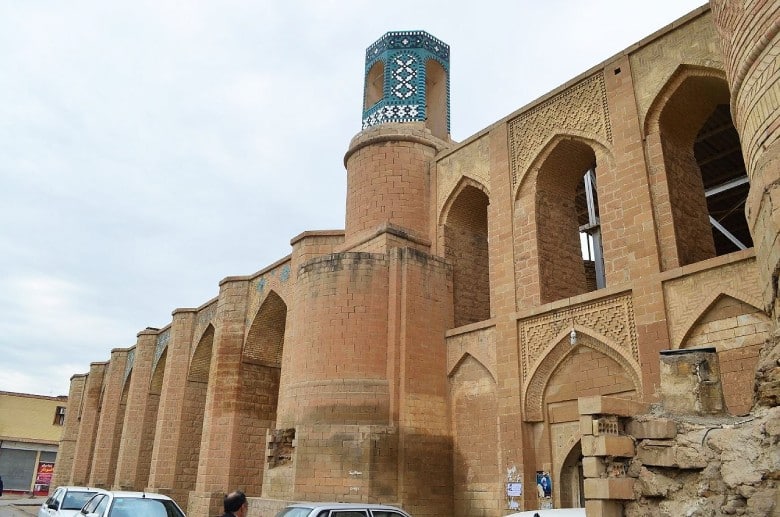
The Jameh Mosque of Shushtar, also known as Masjed’e Jameh’e Shushtar, is an exquisite mosque with deep connections to the early days of Islam. Built during the reign of the Abbassid Caliphate, it stands as a remarkable example of early Islamic architectural style. This mosque carries immense historical importance, housing the oldest Minbar in Iran within its walls.
Lashkar Bridge
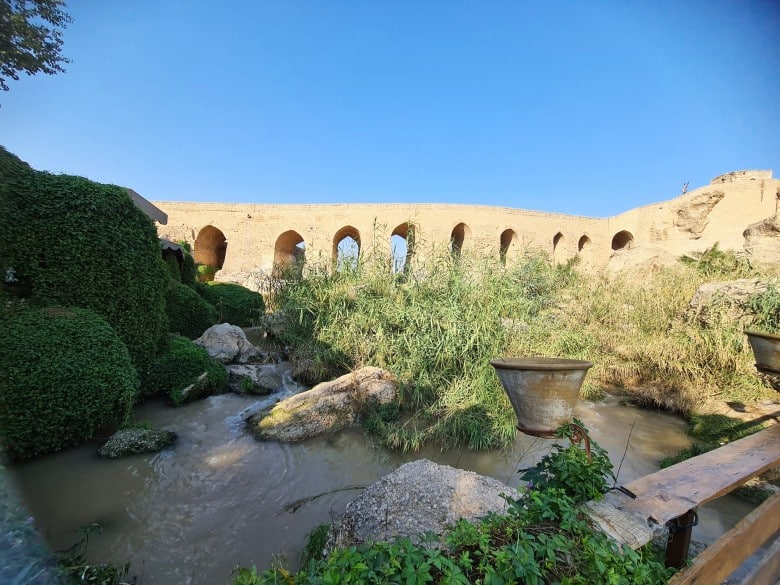
The Lashkar Dam Bridge in Shushtar is a renowned structure that was constructed to link the residents of Shushtar with neighboring areas and to manage water flow. While the core of this bridge originates from ancient times, its distinctive crescent-shaped arches showcase the craftsmanship of Safavid architecture.
Spanning approximately 124 meters in length and standing at a height of 8 meters, the Lashkar Dam Bridge was built using sand, mortar, and stone. Initially consisting of 13 spans, only 11 spans of the bridge remain today. During the Qajar era, 5 spans of the Lashkar Bridge were destroyed, and due to the high restoration costs, the ruler opted against its reconstruction.
Casteless and Gardens
Although the city of Shushtar is very hot and sunny, there are many gardens and springs flowing in it.
Salasel Castle
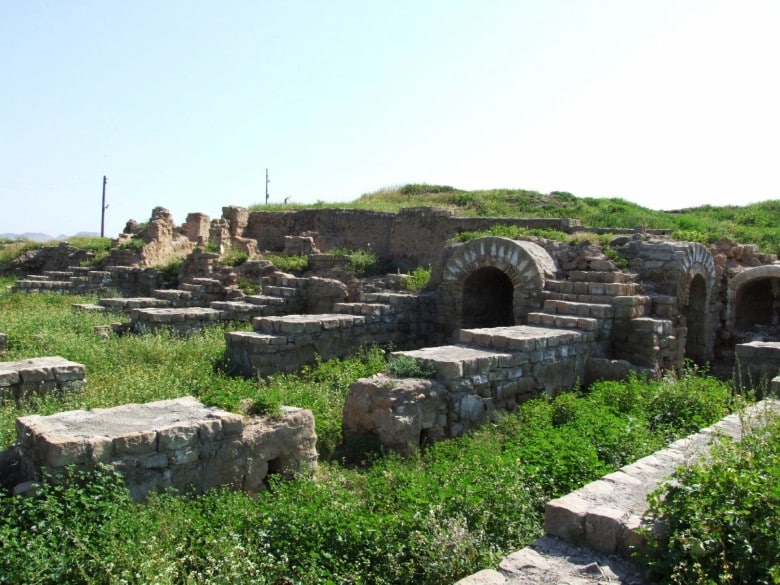
Salasel Castle, despite being mostly in a state of disrepair, offers a window into history. The vantage point from the hill presents a stunning view of the Karun River.
Rostam Aghili Castle

Shushtar is renowned for its historical sites, with one of the most famous being the ruins from an ancient era. Adjacent to this castle, on the left side of the river and atop the mountain, lie the remnants of another castle known as Rostam by the Aghili people.
Legend has it that Rostam One-Handed and Rostam Zal once battled in this very area. Originally functioning as a prison during peaceful times, this fort served as a protective shelter for the locals during periods of unrest and insecurity.
Bagh Khan
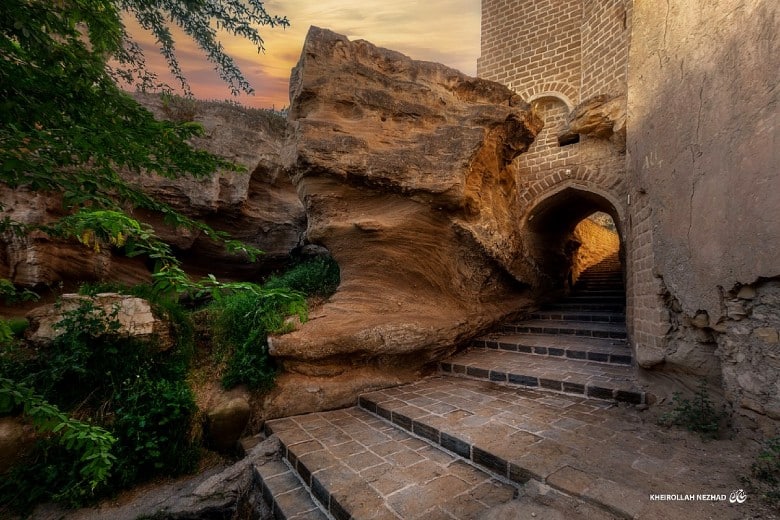
Bagh Khan, situated on the western bank of the Gargar River, is a prominent tourist destination in Shushtar. This garden dates back to the Qajar era and is irrigated by the canals from the waterfalls and mills of the city. The historical architecture of Bagh Khan, reminiscent of a bygone era, adds to the charm of exploring Shushtar. The garden is adorned with various fruit trees and ornamental flowers like Shahpasand, Abbasi tulips, roses, Mohammadi, and paper flowers.
Suzangar Spring
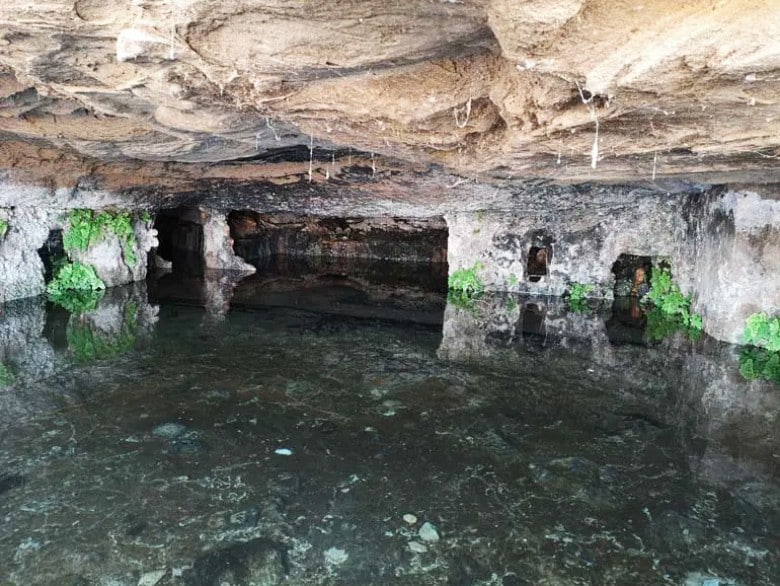
Suzangar spring, situated in the northwest of Saheb-al-Zaman, is regarded as one of the most captivating spots in Shushtar. The locals of Shushtar city hold the water of this spring in high esteem, believing it to possess sacred qualities.
Legend has it that in ancient times, a renowned mystic by the name of “Sahl bin Abdullah Shushtri” resided near the spring during the third century AH, turning it into a place of reverence. According to the elderly residents, this mystic not only drank from the spring but also cultivated the surrounding lands. As a result, Suzangar spring has earned the title of a holy site and become a prominent attraction in Shushtar.
Other Attractions
Shushtar offers more than just gardens and dams as attractions. Various other structures within the city are also included in the list of must-visit places in Shushtar.
Char-Shushtar, Shustar Traditional Bazar, Aminzadeh House, Marashi house and Afzal Carvanserai are only some of them.
Final Words
Shushtar, situated in the Khuzestan province, is an ancient city positioned around 92 kilometers (57 miles) southwest of Ahvaz, the provincial hub. The city’s agricultural output owes much to its innovative irrigation system, which revolves around Band-e Kaisar, Iran’s first dam bridge. This system holds great historical importance and forms an integral part of the Shushtar Historical Hydraulic System, recognized as a UNESCO World Heritage Site.
Shushtar City, FAQ
When is the best time to travel to Shushtar?
Late spring and summer of Shushtar is very hot, the best time to travel is autumn and winter.
How old are Shushtar’s water structures?
This amazing collection dates back to the Sassanid era.
What are some examples of the attractions of Shushtar?
The sights of Shushtar are very diverse, and the most famous of them are the water structures, the Jame Mosque, the historical houses of Mostofi and Gazer, the historical Afzal Caravanserai, the bridges of Shadoran and Bagh Khan.






